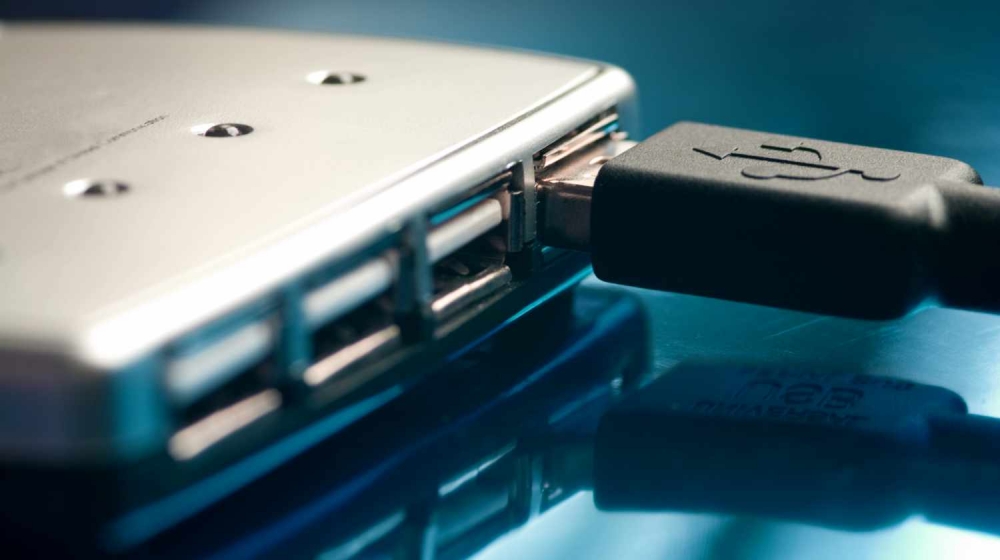In the later part of the 1990s the Universal Serial Bus (USB) was invented as a system of exchanging data from one storage place to another at a relatively fast speed. Today about 10 billion USB devices are in use, a figure that even stuns its inventor Ajay Bhatt from Intel. USB has become a common name everywhere, from schools and offices to hospitals.
Ajay Bhatt was annoyed by the different types of connections that a PC had and looked for a simpler way of linking different parts of a computer. He tried to set up a uniform connection system for all PC parts and other devices. Although it was difficult for Bhatt to convince computer makers that he had a good idea, he finally got the approval to change a computer's extension system completely.
USB has many advantages. For one, a single port can control up to 128 devices at once. They are powered by themselves and you do not have to switch off a device to make USB work. A USB object installs itself. Just plug it in and the computer automatically downloads the software you need to make it work.
When the first USB devices hit the markets in the late 1990s they were an immediate success. In later versions the transfer speed of USB devices was drastically improved. Today's USB 3.0 standard is over 400 times faster than its original USB 1. All over the world millions of USB devices and adapters are being sold every day.
The Intel engineer is proud of having created a standard that the computer industry has accepted and that will be here for a while to come. Today’s PCs and laptops have at least 3-4 USB ports. USB connectors can be found everywhere, on printers, digital cameras, mobile phones and tablets.
resources: https://www.english-online.at/technology/usb/universal-serial-bus-how-it-works.htm

